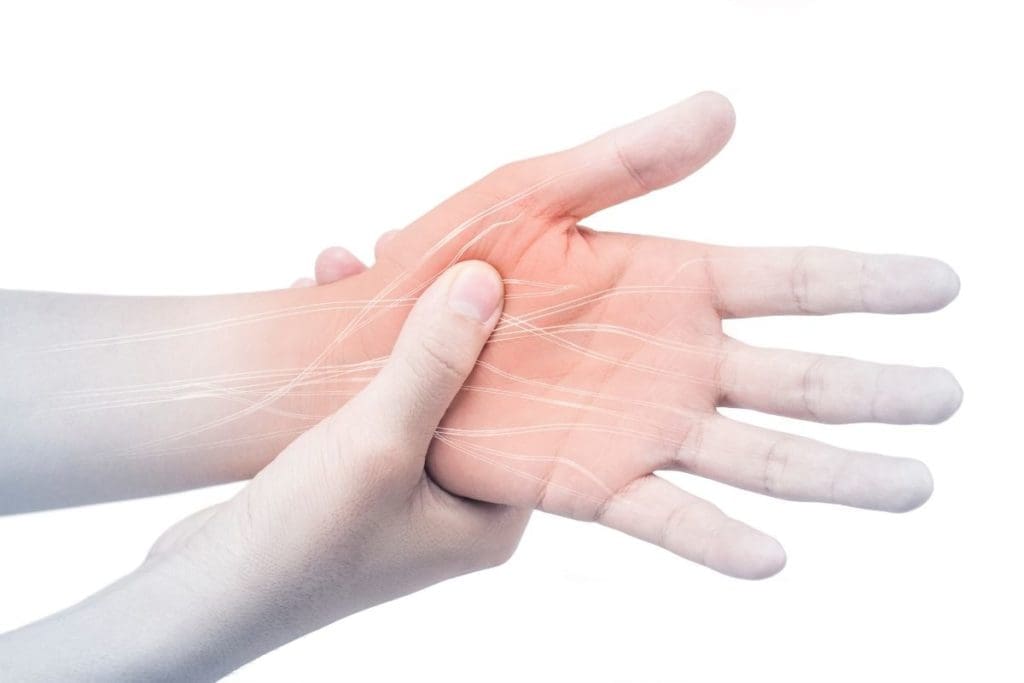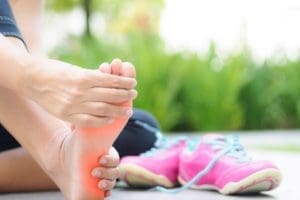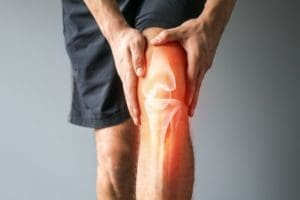Not many bike fit clients come in with the complaint of hand numbness while cycling because the majority of them think it is just part of riding. It is most often low back, neck, knee pain or just wanting to be faster that brings them in. It is not until we do a deeper dive into their training plan, riding habits and season goals that people really start to open up and we discover all the things, big or small, that are affecting their comfort and performance on the bike.
Plain and simple, hand numbness is due to increased pressure on your hands from an unequal weight distribution between the contact points on the bike.
I have put together the most common causes of hand numbness I typically see and what you can try at home to help alleviate the problem.
- Your saddle is too high forcing excessive trunk flexion resulting in increased center of mass onto your handle bars. Try lowering your saddle 2mm at a time, but if the fronts of your knees begin to hurt, you have gone too far!
- Bar drop (handle bar height) is too low; same relative affect as saddle too high. If you are convinced your saddle is set properly, try raising the stem with available spacers, if that is not possible a new stem might be necessary.
- Saddle is tilted too nose up; to help alleviate saddle nose pressure the rider will push back on the bars to facilitate posterior pelvic rotation which can relieve pressure from the nose of the saddle. Be sure the front 2/3 of your saddle is level, do not level your saddle completely front to back.
- Saddle is tilted too nose down; this forces excessive anterior rotation of the pelvis causing the centre of body mass to fall forward onto the bars. Level the saddle! Triathlon or time trial set ups can usually get away with 2 degrees nose down but no more!
- Handle bars too wide; causes excessive wrist extension in an effort for the upper body to align the shoulder, elbow and wrist. Excessive wrist extension closes and puts pressure on median nerve in the carpal tunnel. General rule of thumb is to select a handlebar width that is as close to the measurement between left and right acromioclavicular shoulder joints.
- Hood placement too externally rotated causing supination (palm up movement) in the wrist. This places a lot of pressure on the ulnar nerve on the pinky side palm of hand. Try slightly rotating hoods in (pointing inwards towards each other 2 degrees at a time)
- Individual anatomical features compressing or trapping the median or ulnar nerve branches in the hand. Try double wrapping your handle bar tape and or wearing cycling gloves
Questions or concerns about any of the above, do not hesitate to reach out. Happy riding!




